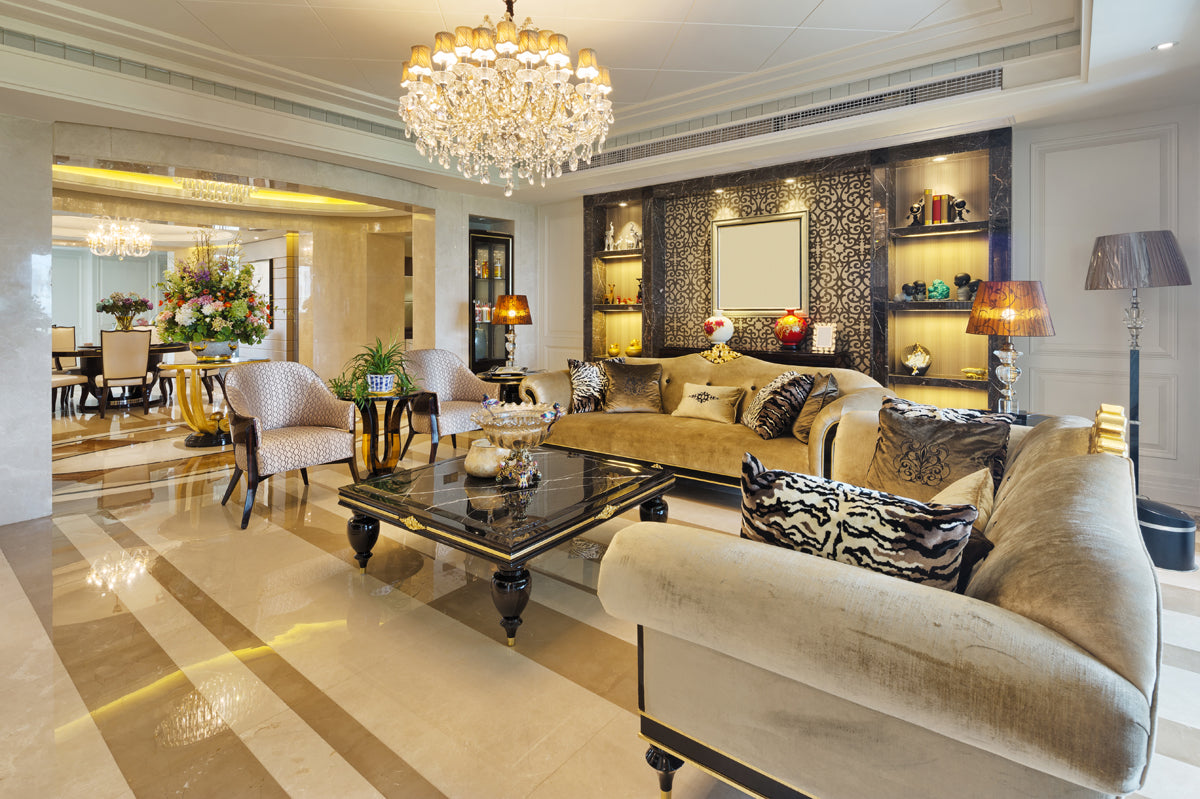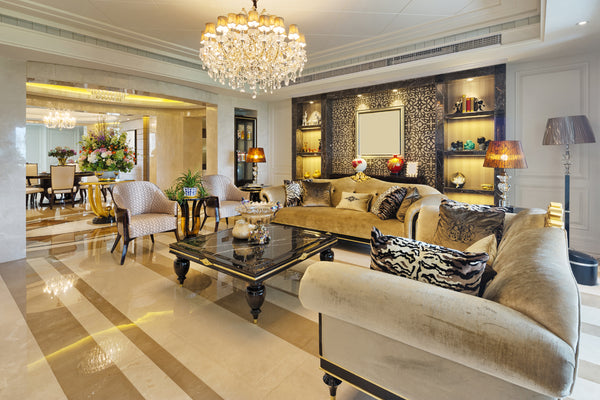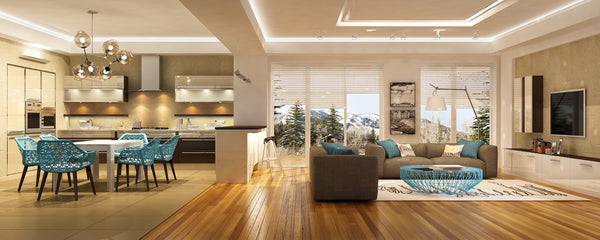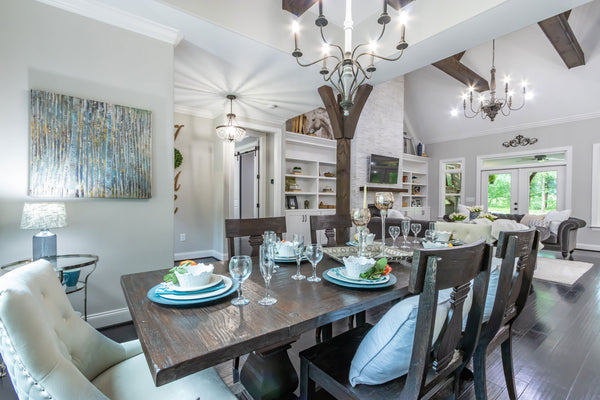On orders $99+
On orders $99+


Setting up lighting in your house involves understanding the function of each room and using a combination of ambient, task, and accent lighting to meet those needs. Use ceiling fixtures, lamps, and sconces appropriately to create depth and mood. Remember to take advantage of natural light and use dimmers for flexibility. Select fixtures that suit your home's decor style, and opt for energy-efficient LED bulbs. Ultimately, good lighting design combines functionality with aesthetic appeal to create a comfortable, inviting, and well-lit home.
In this comprehensive guide, we will delve into the process of lighting your home, providing you with a strong foundation to illuminate your living space effectively.
Homeowners who overlook one key element that can make or break the ambiance of their space: lighting. If you're remodeling or decorating, understanding how to set up lighting in your house is crucial to creating a welcoming, comfortable, and functional environment.
Understanding the Basics: Types of Lighting
Before diving into specific rooms or fixtures, it's important to understand the three basic types of lighting:
Ambient Lighting: This is the general illumination that provides the overall light for a room. It could come from ceiling lights, track lights, or wall-mounted fixtures.
Task Lighting: As the name suggests, task lighting aids in performing specific tasks such as reading, cooking, or dressing. Desk lamps, under-cabinet lights, and bathroom vanity lights are examples.
Accent Lighting: Accent lighting is used to highlight specific areas or objects, like artwork, architectural features, or bookcases. Wall sconces, spotlights, or recessed lights are typically used for accent lighting.
Strategizing Your Home Lighting Setup

Room-by-Room Lighting Guide
Living Room: As the primary gathering space, living rooms benefit from warm, ambient lighting along with accent and task lights. Consider a mix of ceiling fixtures for ambient lighting, table lamps near seating for tasks like reading, and accent lighting to highlight artwork or architectural features.
Kitchen: Kitchens require bright, task lighting for cooking, but also benefit from ambient and accent lighting. Recessed or track lighting can illuminate the whole room, under-cabinet lights can brighten countertops, and pendant lights over a kitchen island can provide visual interest.
Bedroom: Bedrooms need a relaxing atmosphere. Opt for ambient lighting with a softer glow, such as a central ceiling light with a dimmer. Bedside lamps or wall-mounted lights provide task lighting for reading, and accent lights can highlight artwork or other features.
Bathroom: Bright, shadow-free, task lighting is crucial for grooming tasks in bathrooms. Consider wall sconces or vanity lights at eye level on either side of the mirror, along with recessed lighting for overall illumination.
Home Office: Here, task lighting is key. A desk lamp with adjustable brightness can help reduce eye strain. Ambient lighting from a ceiling fixture, along with natural light if possible, can create a comfortable working environment.

Lighting Design Aesthetics and Energy Efficiency
Your light fixtures should complement your home's design style. Whether you prefer traditional chandeliers, minimalist pendant lights, or industrial-style track lights, there are fixtures to suit every decor.
In terms of energy efficiency, LED bulbs are the top choice. They use less energy and last longer than traditional incandescent bulbs. They're also available in a range of color temperatures, from warm (yellowish) to cool (bluish), allowing you to further customize the feel of your rooms.
Setting up lighting in your house is an art that marries function and design. By considering the purpose of each room, layering different types of lighting, choosing the right fixtures, and leveraging natural light, you can create a beautifully illuminated home that is responsive to your lifestyle needs. Remember, lighting can set the mood, highlight your favorite features, and even increase your home's functionality. So, take the time to plan and experiment until you get it just right. Happy lighting!
Leave a comment